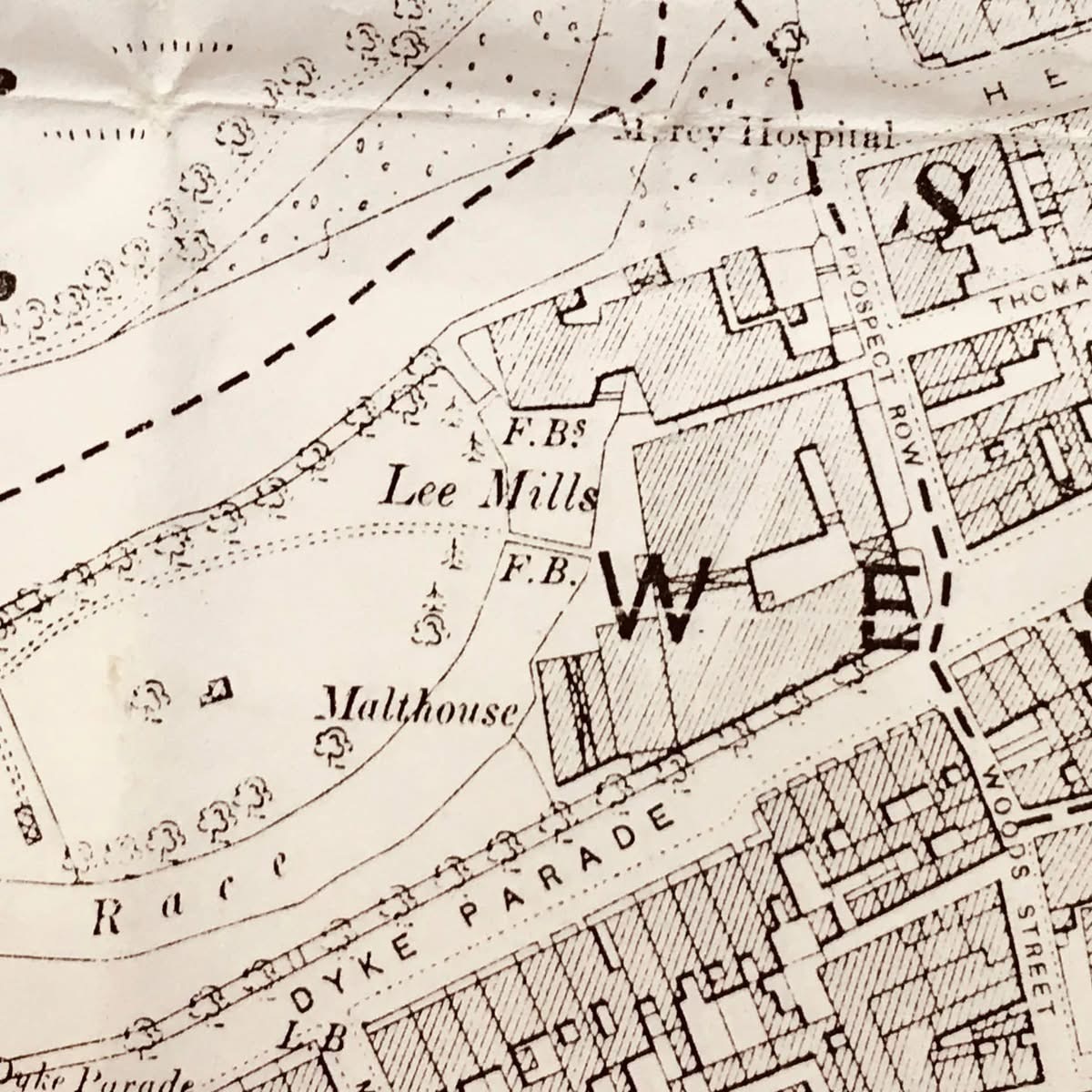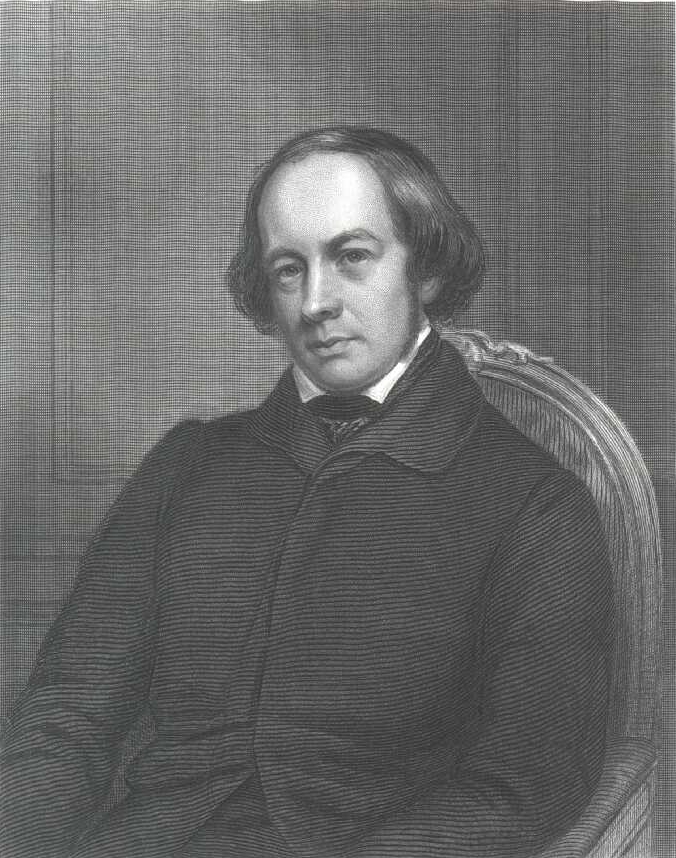13 Apr 1846: South Tipperary had long functioned as England's breadbasket. Carts laden with flour and grains from the surrounding farmland made their way to the quay at Clonmel for transport by water.
An Gorta Mór 1845-1852
13 Mar 1846: One of most notorious mass evictions took place at Ballinlass, Co. Galway, at the direction of local landlord Mrs. Marcella Netterville Gerrard. Estimates vary, but up to 477 tenants lost their homes that day. What separates this eviction was the sheer number of tenants displaced, the circumstances and almost military approach...
10 Jan 1846: William Hewetson arrived in Cork City to do some reconnaissance for his latest project. Until recently Hewetson was a Southhampton based Commissariat Officer. But with concern about the blight simmering and rumours of corn for the hungry circulating, Hewetson saw an opportunity and appealed directly to Peel for involvement due to his...
At Peel's prompting, Sir Robert Kane (pictured here), the chemist introduced earlier was added.
The Mansion House Committee, named for the Lord Mayor's Residence, had originally been formed to avert starvation of the poor during a previous food shortage in 1821-22. This latest committee iteration included Dublin's current Lord Mayor (John L. Arabin), the Duke of Leinster (Charles Fitzgerald), Lord Cloncurry (Valentine Lawless) and another man...
Who would explain this procedure to the tenantry? Certainly not the landlords whose relationship with their tenants was strained if not non-existent. Local Clergy were literate, but weren't farmers. Nonetheless the responsibility to interpreting the instructions fell to them as well as explaining the procedure to the tenants.
An Gorta Mór: Indian Corn
This news prompted Peel to secretly ordered £100,000 worth of Indian corn from America to be delivered to Cork. The order was to be filled by Baring Bros. & Co. a major international trading company based in London. This initial shipment would not arrive in Ireland until February of 1846 - all the while, perfectly good Irish grown grains and...
With the clock ticking, Peel (left) favoured immediate suspension, via order in council, of duties on foreign grains. This expedient approach eliminated the need for formal legislation or the requisite lengthy debate within houses of parliament.
Nonetheless Peel was concerned enough that he favoured repeal of the "Corn Laws" which artificially gave British grown grain a cost advantage over foreign imports. Believing relief efforts could not be organised with those laws remaining in place he proposed repeal.
13 Sep 1845: The first written report of blight in Ireland, as relayed by The Gardener’s Chronicle, noted blight in the fields around Dublin in mid-September 1845. But citing this date as the actual first appearance of blight is somewhat debatable. It is said that the fungus appeared in Dublin’s Botanical Gardens as well as in Sheskin, Co Monaghan...











